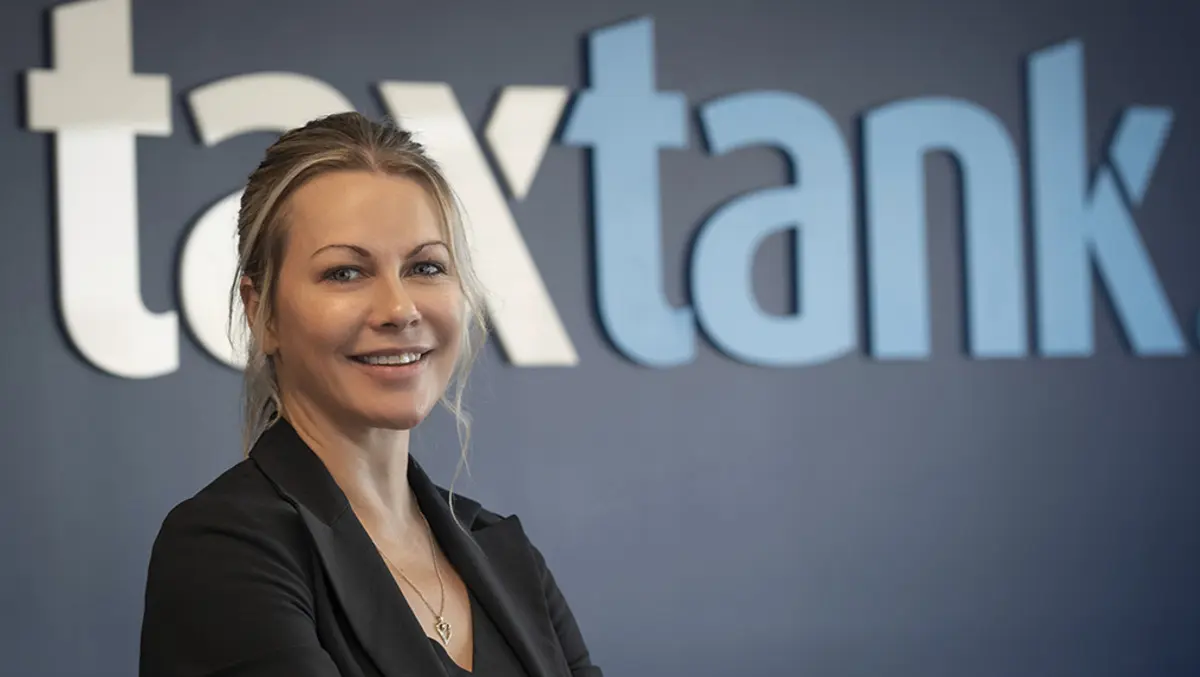
How financial wellness programs can help companies save big
In today's cost-of-living crisis, millions of Australians are struggling with paying the bills and keeping food on the table. This financial pressure in their personal lives is impacting their mental health and levels of stress in the workplace. The impact on employee engagement is dire, leading to costly business impacts such as increased absenteeism and staff churn.
When it comes to how employers are supporting employees in these challenging times, many companies are lagging behind where employees want them to be. Rather than listening to employees' growing demands for financial support and holistic approaches to wellness offerings, the shift to meaningful 'work perks' has been slow. As well as an attitudinal shift, businesses need to start leveraging digital tools that can help them adapt to the times quickly and effectively.
The ROI of investing in employees' financial wellness
Employers need to start walking the walk on investing in employee engagement and financial wellness or risk having staff who are disengaged or likely to leave for more attractive pay packages. Many corporates are discussing this issue and claim to be addressing growing demand by further investing in HR and recruitment tools. However, these platforms often have a heavy focus on performance management, 1-1 reviews, or leadership training. The significant gap in these platforms is in addressing the financial strain that most professionals are dealing with on a daily basis.
Recent research shows that over half of Australian employees are struggling to make ends meet, with almost 60 per cent saying compensation is not keeping up with the rising costs of their living expenses. Experts highlight there is a direct link between financial stress and health and work performance, including outcomes such as increased absenteeism, poorer work performance, and changes in interpersonal relationships.
Wellness programs are among the few proven solutions to these problems. According to recent studies, the vast majority of employers who initiated a workplace wellness program experienced an improvement in both employee performance and productivity, with employee wellbeing initiatives capable of providing a return on investment of $2.73 in reduced absenteeism for every $1 spent.
Digital tools that help employees and employers prosper together
Companies working with growth mindsets will not succeed unless they find meaningful ways to understand and empathise with the stresses their teams are dealing with, from interest rates and inflation to the housing and rental crises. To remain competitive, employers should be building and fostering a dynamic workplace culture that includes helping individuals understand their finances, including their taxes.
Rather than putting these conversations in the "too hard" basket, employers have an opportunity to make a clear statement that they are committed to helping their employees during these stressful times by providing comprehensive and affordable tools that put the control back in their hands. Businesses need to stop settling for performance management, budgeting, or career progression tools when it comes to employee wellbeing – of course, these tools play a critical role, but they do not cover the full extent of what employees need and want from their employers today.
Employers need to ensure they are additionally providing digital tools that help employees get real-time insights into their financial situation, reliable advice on how they can best manage their finances and taxes, and the level of visibility and control of their overall financial circumstances that empowers them to plan long-term.
It's time for financial wellness to be reassessed by all workplaces, in the same way that most Australians have had to reassess their financial commitments and capabilities in recent years due to the rising cost of living. Businesses that want to keep staff happy and engaged cannot take their loyalty for granted. They must invest in digital tools that are purposely designed to help everyday professionals take control of their finances. Considering the proven ROI on these tools and the growing demand from the workforce, there is almost nothing to lose.

